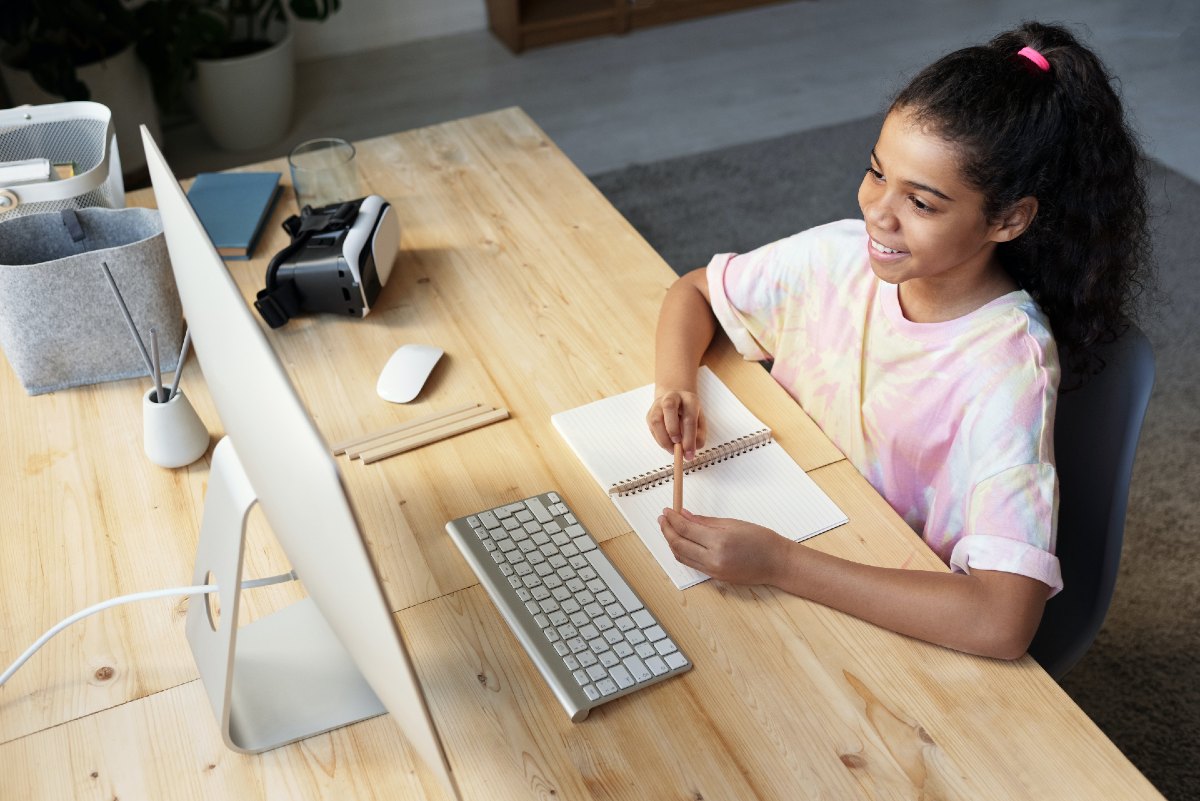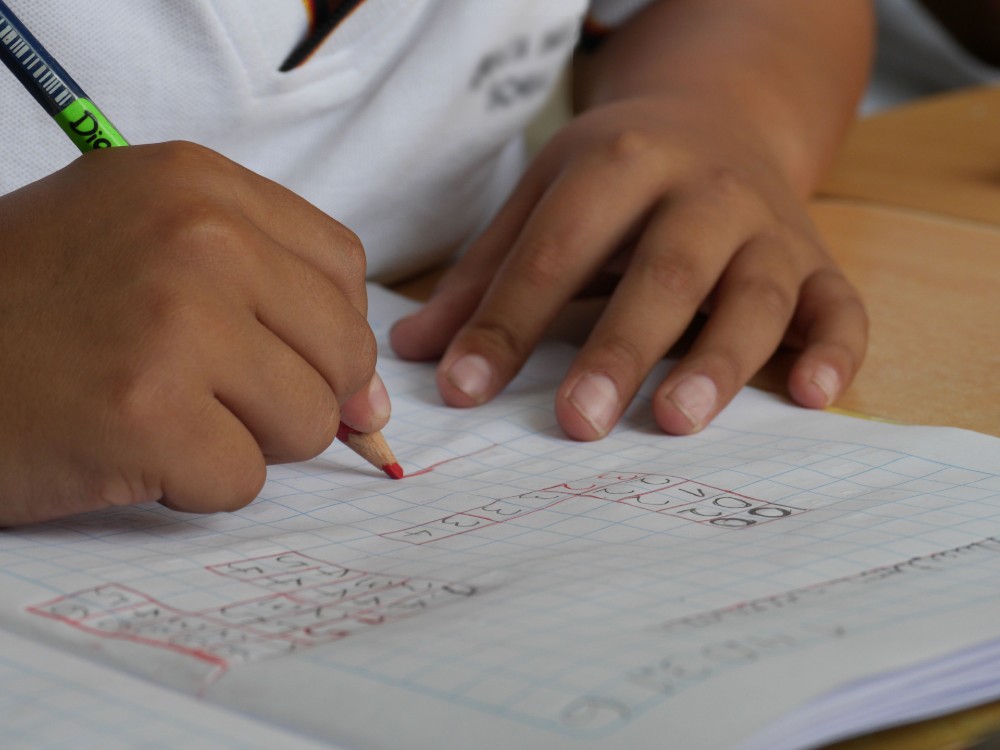What is Universal Design for Learning? How to Use UDL in Classrooms
Ginger Abbot
Dec 20, 2019
We are a reader-supported education publication. When you buy through links on our site, we may earn an affiliate commission to help us keep providing content.
The way people learn is as unique as their fingerprints. Some prefer to pick up knowledge visually, while others like oral lectures or hands-on experiments.
Each learning style requires a different curriculum, especially in today’s classroom. However, most classroom schedules and requirements aren’t as flexible as they could be, leaving teachers with few ways to inspire students.
What is Universal Design for Learning? UDL is a solution. While it takes careful planning and understanding, UDL strategies can guide instruction and adjust to meet individual student needs. If implemented correctly, UDL offers equal learning opportunities for everyone.
What Is Universal Design for Learning?
What is UDL and why does it matter? Universal Design for Learning is a technique designed to meet the various learning needs of every student in a classroom.
In a traditional setting, students often take the blame for poor test results or a lack of comprehension. Recently, people have begun to consider the curriculum itself. Could a poor structure lead to low grades? If the curriculum was flexible, would it meet student needs and improve learning outcomes?
Discover the three UDL principles — representation, action and expression and engagement — and how each corresponds to the brain’s involvement in learning.
Representation
UDL provides multiple means of representation — it answers the “what” of learning. When implementing UDL, teachers should present information in a variety of ways, allowing more students to understand it. Showcase knowledge in video, audio and written formats to cater to each individual’s specific learning needs. You can also lead students through an example problem to further develop an understanding of the material.
This approach helps those with learning or physical disabilities comprehend the material better. For example, around 1 in 5 teens in America experiences some degree of hearing loss. Even mild hearing loss can cause a child to miss as much as 50% of classroom discussion. To make the material accessible to everyone, lecture and provide notes that reemphasize key concepts.

Action and Expression
Properly implemented UDL allows students to express what they know and solve problems in different ways. For instance, some students prefer writing an essay, while others would rather create a physical model or a slideshow. By providing multiple means of action and expression, teachers can help students demonstrate their knowledge and become more goal-directed learners.
One specific example is to provide multiple options for test-taking. This set-up allows you to more accurately measure a student’s comprehension of a chapter or topic. Allow students to choose between a multiple-choice test, long-form essay or final project. This way, each student can express what they’ve learned in a unique way.
Engagement
With UDL, teachers can offer various options that engage students and keep their interest. Motivation is a crucial factor in determining the success of a student’s learning process. As a result, every lesson must spark interest and lead them to ask questions. Motivation and interest also encourage students to think for themselves and improve problem-solving skills.
In a UDL classroom, students receive daily feedback from teachers. At the end of a lesson, teachers can ask students if a topic needs more explanation. Teachers can also set up one-on-one meetings to ensure students comprehend the subject matter. Consider new ways to keep students’ attention, like educational games, positive incentives or physical activity.

What Is Universal Design for Learning? It’s Creating Opportunities for All Students
When it comes to teaching, there is no one-size-fits-all approach — even if the educational system says otherwise.
UDL minimizes barriers and maximizes comprehension, expression and engagement for students. Instructors can incorporate UDL into their lesson plans to help students perform better in class and understand their own learning styles.
To implement UDL, showcase learning materials in a variety of ways. Try videos, books, classroom experiments and digital games. Allow students to express themselves in different manners. One may prefer book reports while others like creating dioramas. You should also foster curiosity and motivation. Encourage students to ask questions and provide one-on-one feedback. If you need inspiration, look for more examples of UDL.
Universal Design for Learning can open doors for students of all abilities. Studious kids can work ahead and showcase concepts in ways that make sense to them. Children with disabilities can also benefit from the use of multiple learning styles, adapting the curriculum to fit their needs.
Is UDL the integrative, inclusive and individualized future of teaching?








